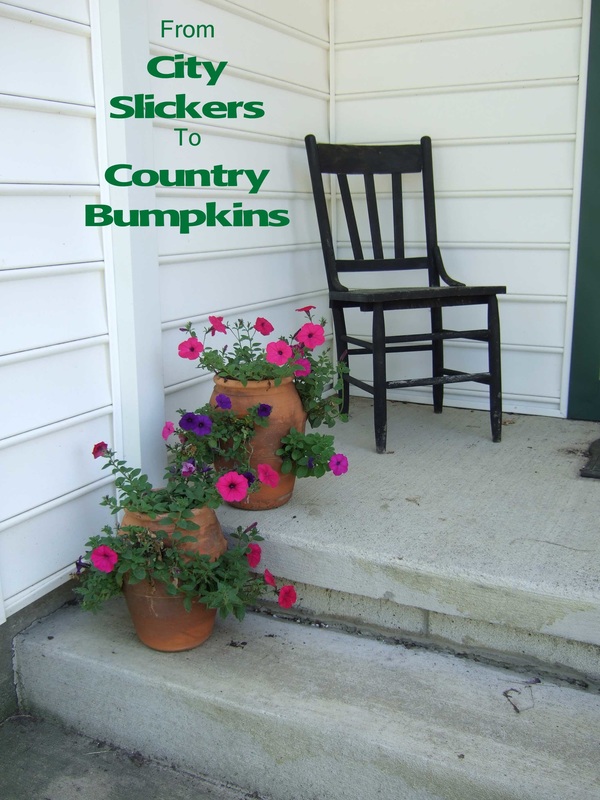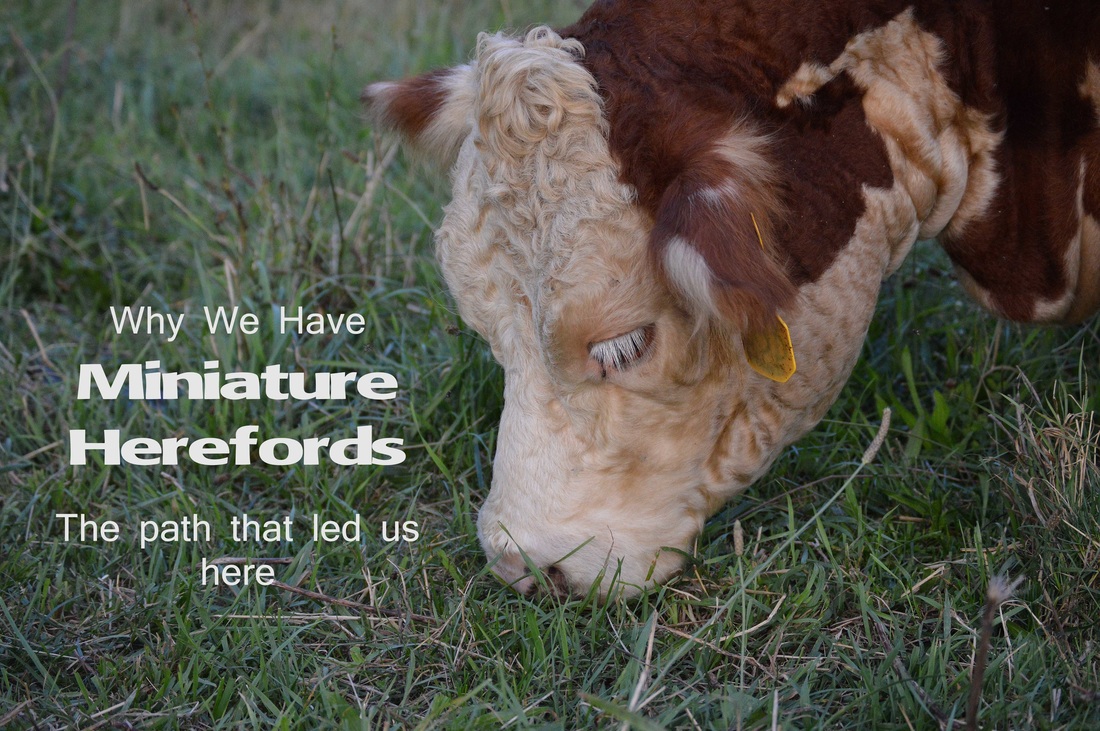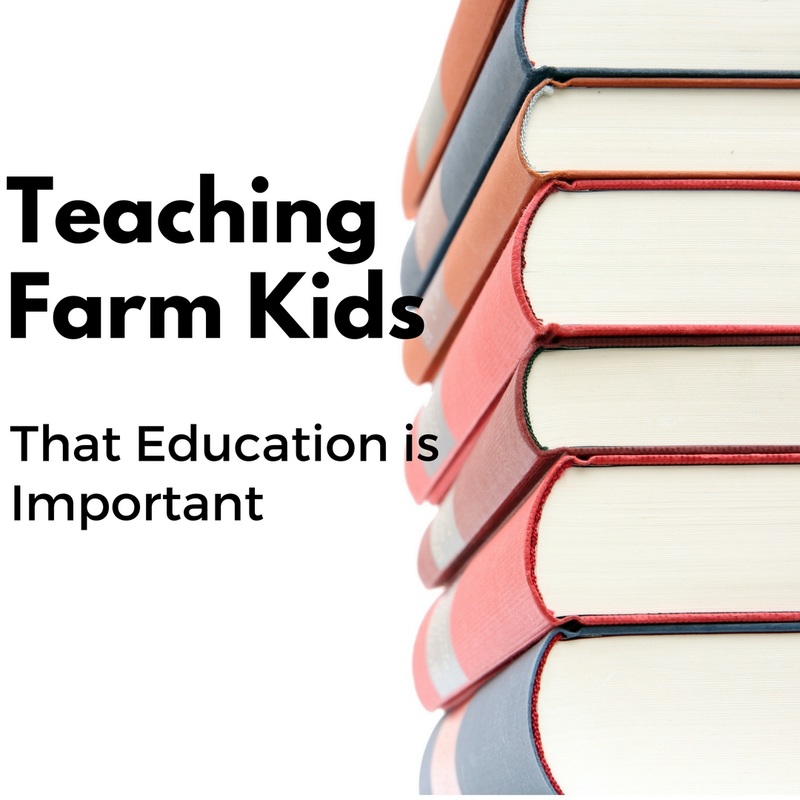|
The radar apps on our phones were our friend last week... Or maybe our enemy... But anyway, we spent a lot of time looking at the radar. We had hay down, and had to check and see how Florence was moving and if/when we were going to get rain. Weather forecasts can change by the minute. Most weather apps have the ability to zoom in so you can see exactly where the rain is falling. Living in the country, it can be really important to zoom in. You see, our neighbor 2 doors down sometimes gets half the rain that we do. Our next door neighbor on the other side of us may get twice as much rain as we do. Why? They may be neighbors, but from the edge of our field to the far edge of the neighbors field can be more than half a mile away. And believe me...a half a mile can make all the difference in the world. Last week, Daniel was looking at his radar once again. And he zoomed in...and then zoomed in a little farther...and a little farther. Do you know what he saw? Yep...that's home. All 11.19 acres of it. The green dot is the neighbors...the GPS can't quite get it right either. We are the orange box. While there is a lot you can't see...there is so much you can see. Our property runs right along the fence/tree line on the North. Our southern edge is right at the orange line, just past the tree line. Our farm was split almost 30 years ago. They split the land based on the acreage needed to maintain CAUV tax status, not on the natural barriers of the land. We ended up with a slightly catawampus rectangle. When you are farming grass (for hay and cattle), every blade is important. So, we ran fence right along the property line. The tree line was created from an old fence line. This created a natural break in the pasture, so we just used the tree line as the border of our hay field. This left us with a long thin pasture that is wider in the back than in the front. We affectionately call this pasture the runway. Does anyone else name their pastures? These aerial pictures were taken last fall. How do I know that? See that hay wagon circled in orange? It has a new bed on it and that was one of our summer projects last year. The barn with the purple X is the equipment barn. This is where all the square bales are stored and as many round bales as we can squeeze in beside the equipment. This is our newest barn and when we staked it out, we thought it was huge. As soon as it was done, we realized it would never be big enough. Daniel is pretty good about backing in equipment so closely that you have to climb over everything to move anywhere. Space is precious, but I don't know what we would do without this barn. The barn with the blue X is our cattle barn. It is old...and built with recycled lumber. It wasn't in great shape when we bought the house, and now 17 years later it isn't any better. We have grand plans for some day...but for now, it keeps the animals warm and dry...except for a few leaks in the roof. That brown circle... That's Mitchell. These pictures are taken from satellites and I think it is pretty amazing that they can see such detail as our animals walking around. That square area is what we call the arena (left over from the horses). It is where all the bulls live when they are not is service. Nothing glorious, but it does the job. The l-shaped area next to the arena is what we call the front pasture. This is a hill, but again, we need every blade of grass. It is our smallest pasture, but gives us a few days of grazing...and I can see the cows from my kitchen window. The dirt area with the orange arrow is our paddock. After spending an entire winter moving round bales in knee deep mud, we brought in a dirt/gravel/sand base for this area. It never grows grass, but it is sooooo much better. Even in the winter or rainy spring, the mud will only be an inch or two deep. Daniel is pretty diligent about keeping the manure cleaned out as the weather permits. If all goes well, the cows are contained to this area from about mid-December until mid-May, or whenever the ground dries up enough for us to put cows back out on grass without destroying the pastures. The blue arrow is in the "big pasture"...and it really isn't that big. What I want you to see is the faint line right at the arrow. This is where we have used our portable electric fencing to divide this pasture into even smaller sections. We do this so the cows are concentrated in a smaller area and eat the grass more evenly. The section with the arrow has been grazed more recently than the other half of the pasture. This rotational grazing allows the pastures to recover longer while still maintaining areas for the cows to graze. It is the only reason that we have been able to have enough pasture to graze the number of animals we keep at the home farm for the summer. This is our glorious seven acre hay field. This hay field is completely fenced in. After we bale the second cutting, we set up the portable electric fencing and let the cows graze the hay field. If the weather cooperates, we are able to keep the cows out on pasture until the middle of December. We create sections that last the cows approximately one week of grazing. We are able to get between 5 and 8 sections off of this hay field. By the time we get to the back section, the front section has enough re-growth to put the cows on it again. We create a runway along the left side of the hayfield that is about six feet wide. This is the path the cows use to go back to the barn for water. You can see the middle section is lighter. If you look closely, you can see the little dots that are cows. It looks like this section is about done and they are ready to be moved to the next section. We have used this system for many years and it is what makes our program work. Without the fall grazing on the hay field we would be feeding hay for at least 2 additional months. The fall grass is sweet and lush and gives the cows an extra boost as we head into the hard winter months. A lot has changed on this farm since we moved here. Most of the changes have been to improve mobility in mud season (winter/spring) and to increase grass production. We may only have 11 acres, but we use every last blade of grass to improve the production of this farm. It is amazing what you can see from the sky, but it is also so helpful in seeing the big picture and how things work together. We don't do it all perfectly and there are still things we want to change, but I think we do a pretty good job with what we have. Who would have ever thought we could raise almost 20 head of cattle on this little farm? You might also like...
0 Comments
Leave a Reply. |
Let's Connect
AuthorHello! I am Heather... the city girl turned mom to manure loving country boys. My husband and I both grew up in the city, but spent weekends visiting grandparents in the country. We are first generation farmers who learn best by almost always doing things the hard way. I hope you enjoy following along with our adventures down on the farm. Archives
March 2024
Categories
All
Popular Posts |
The Cows |
The Family |
Follow Us |
Associations |

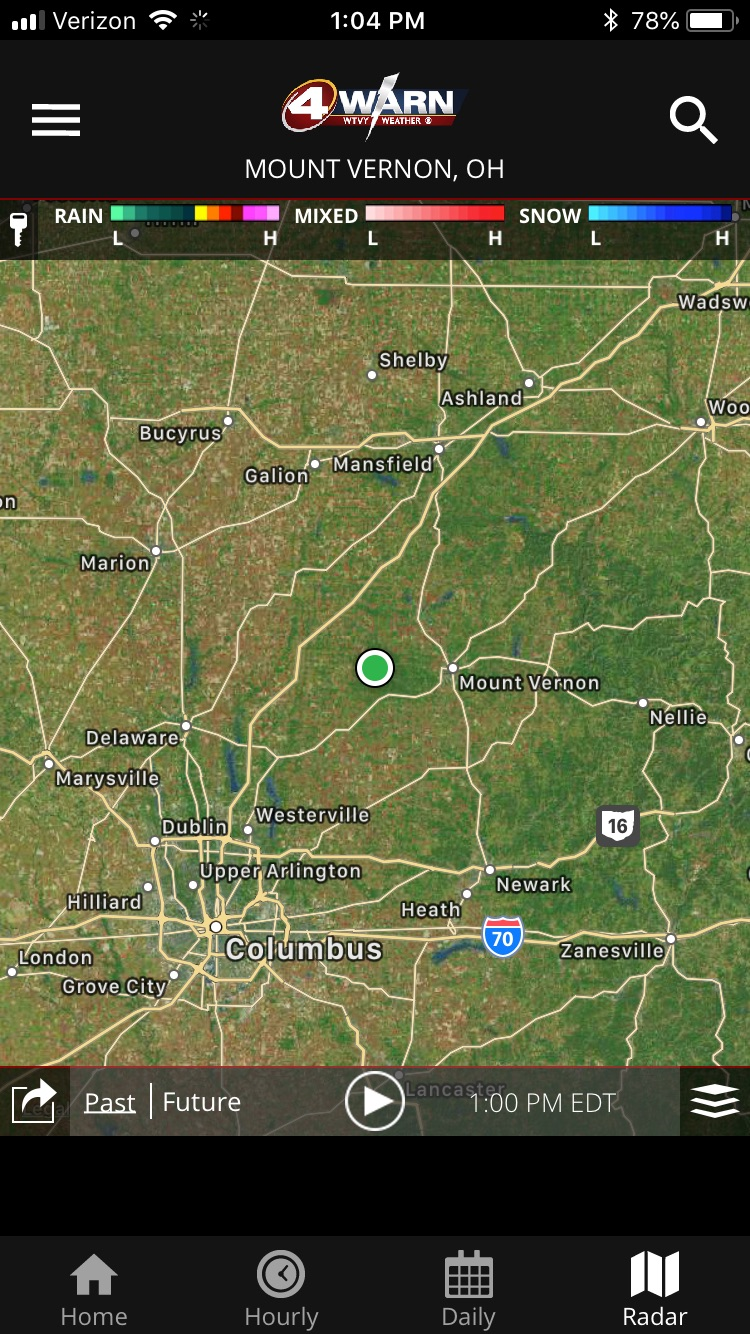
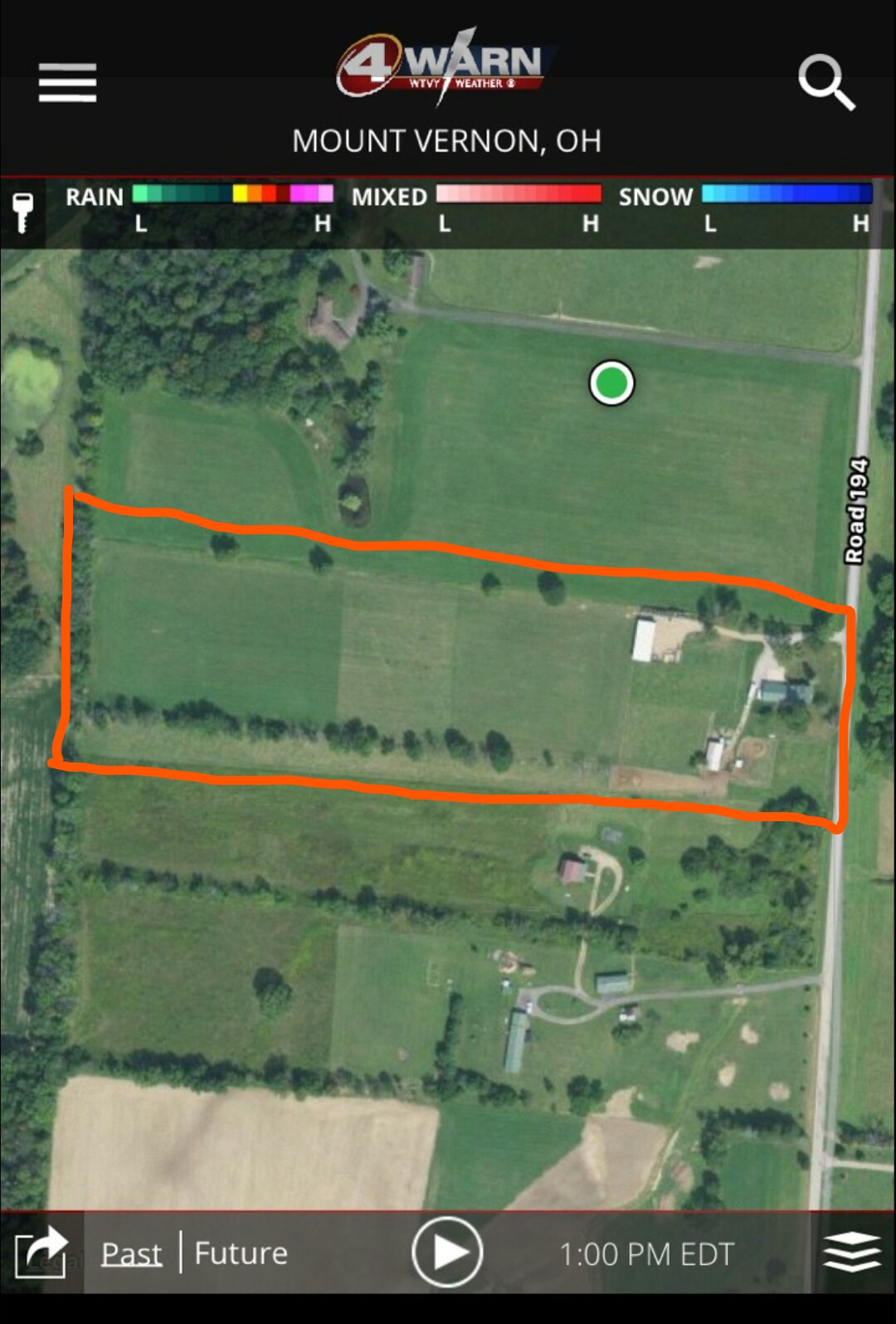
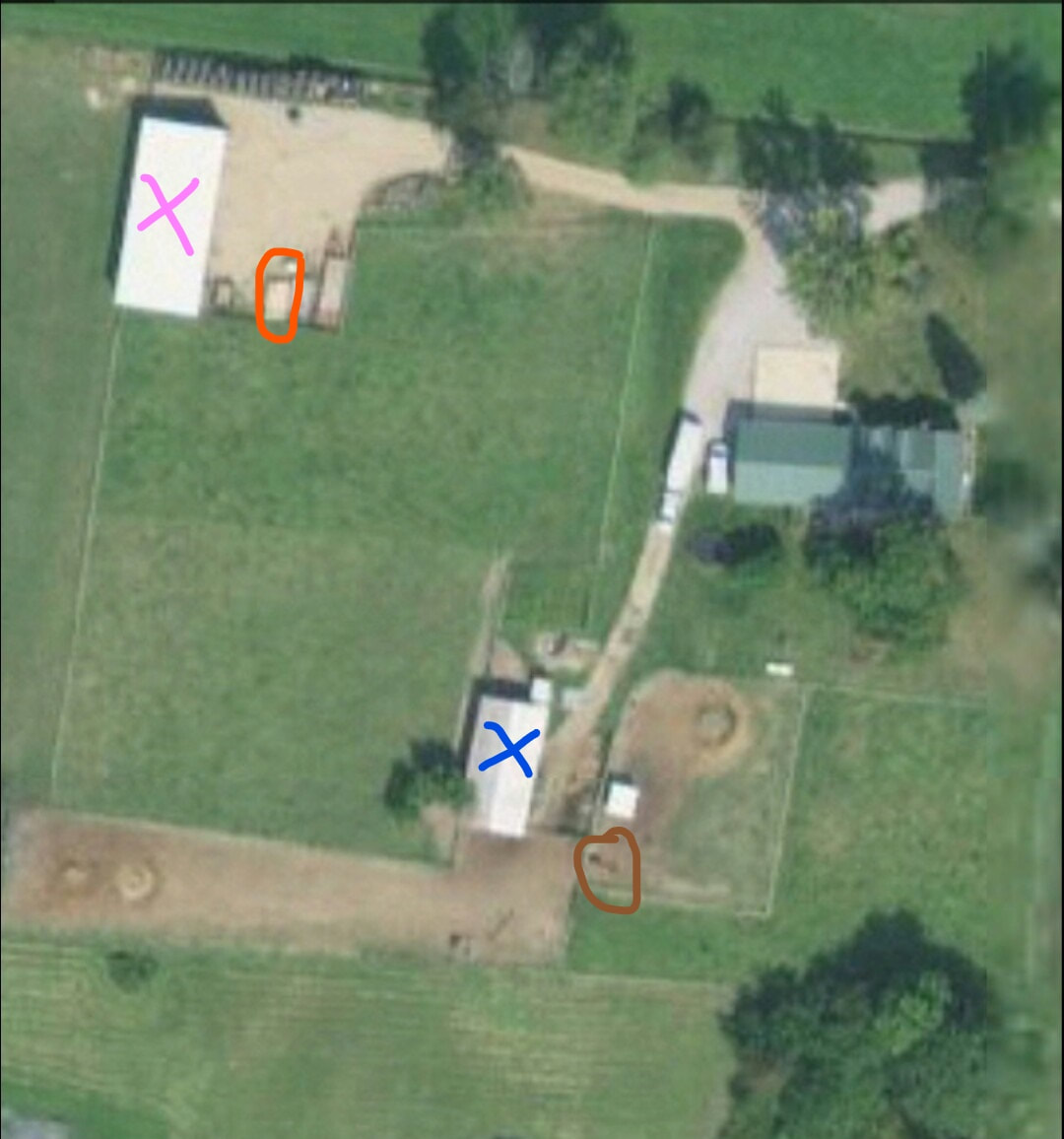
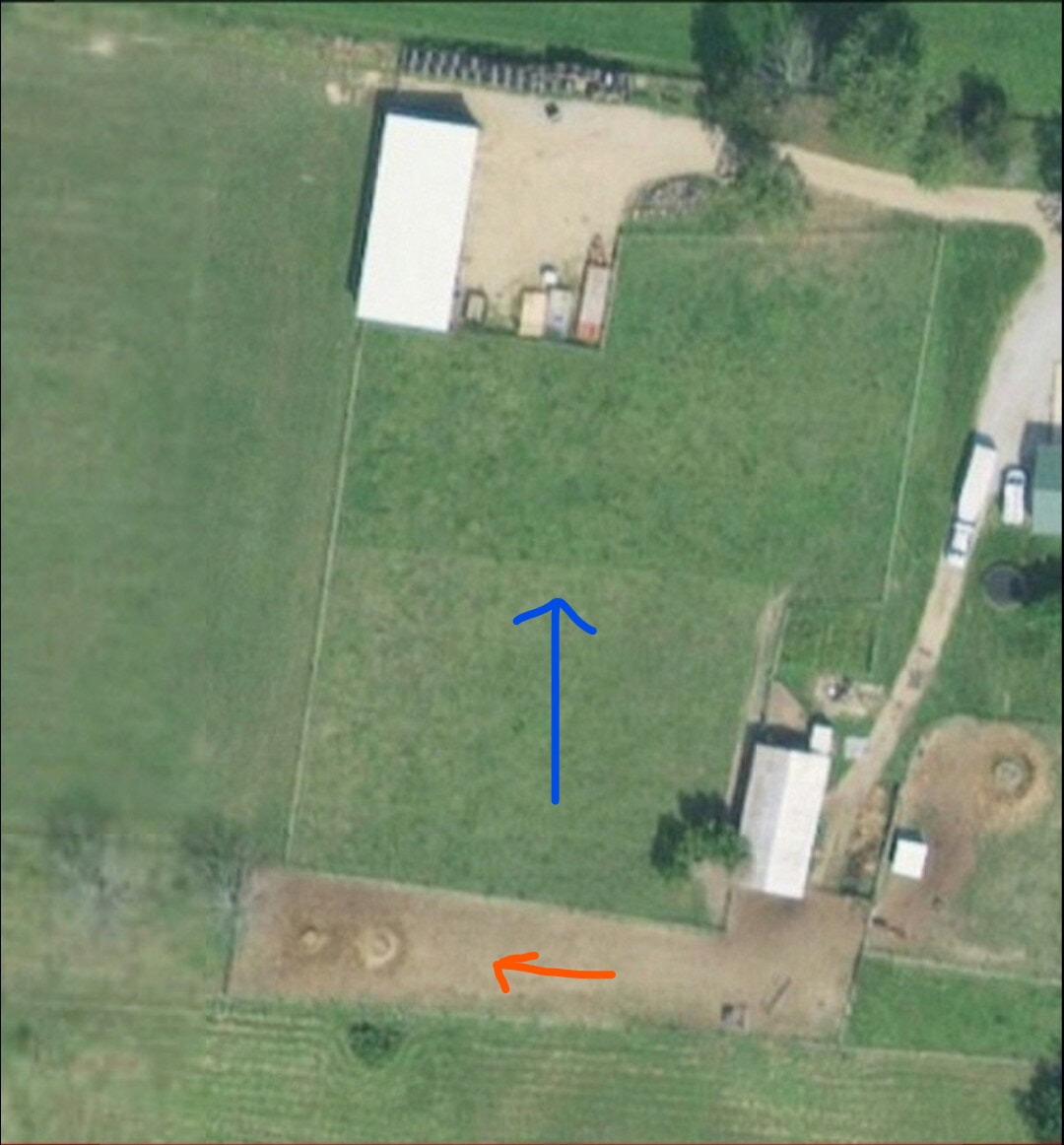
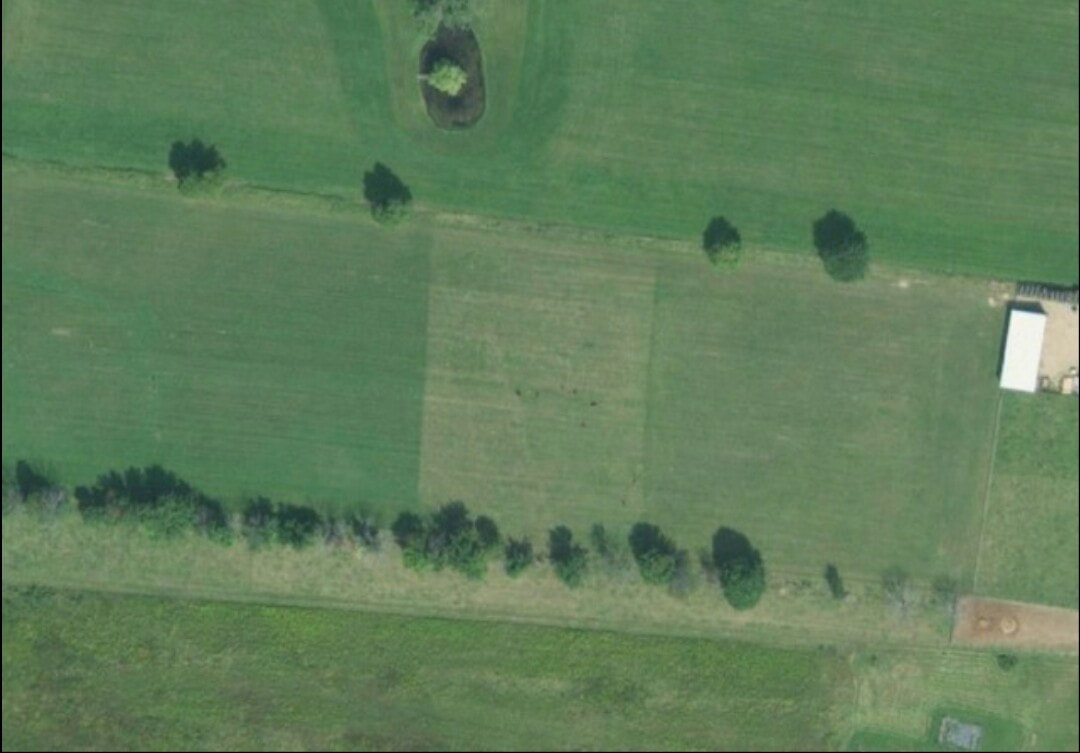
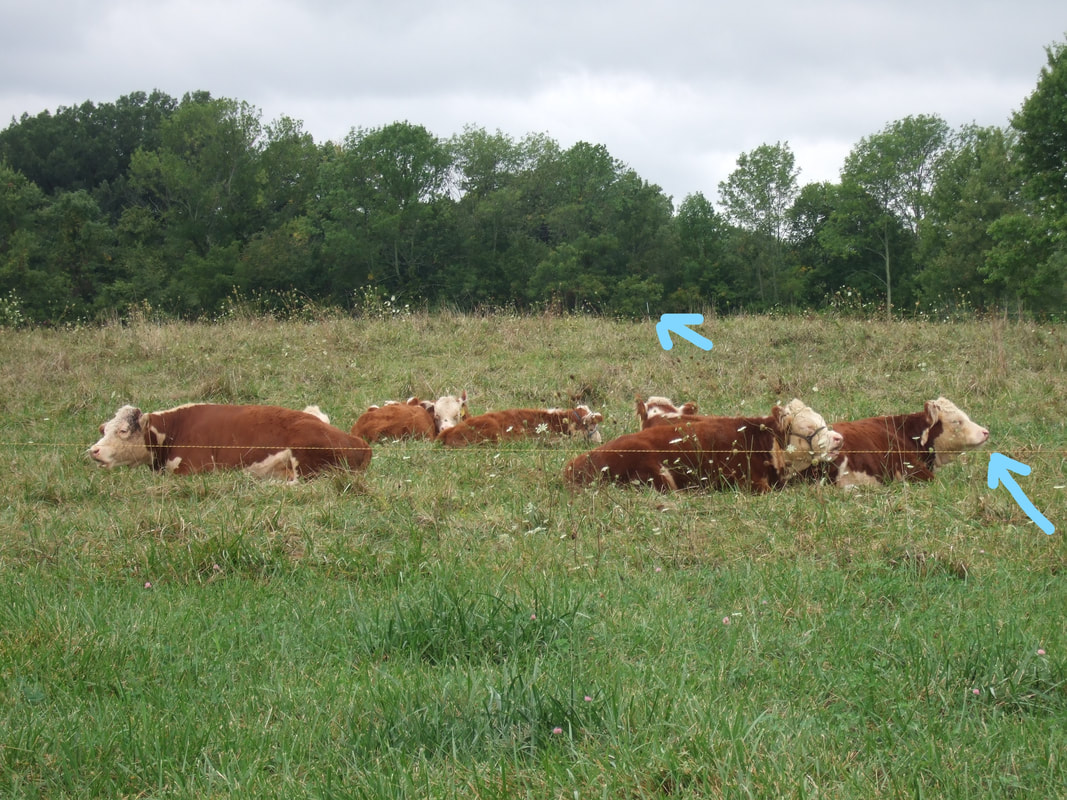
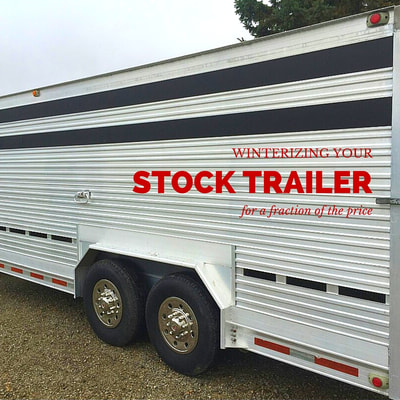
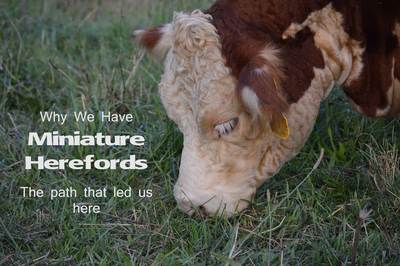
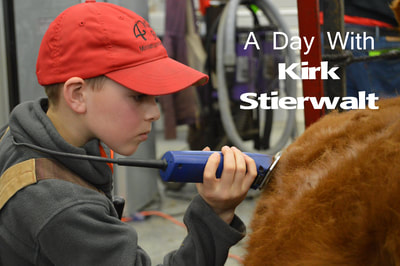
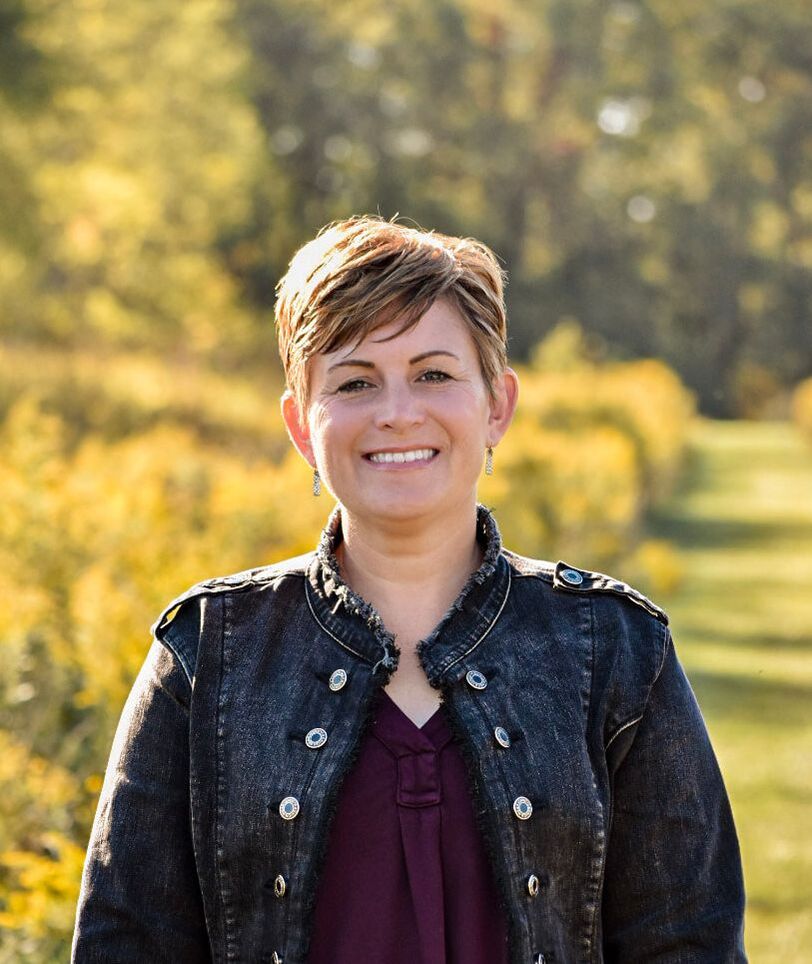
 RSS Feed
RSS Feed
